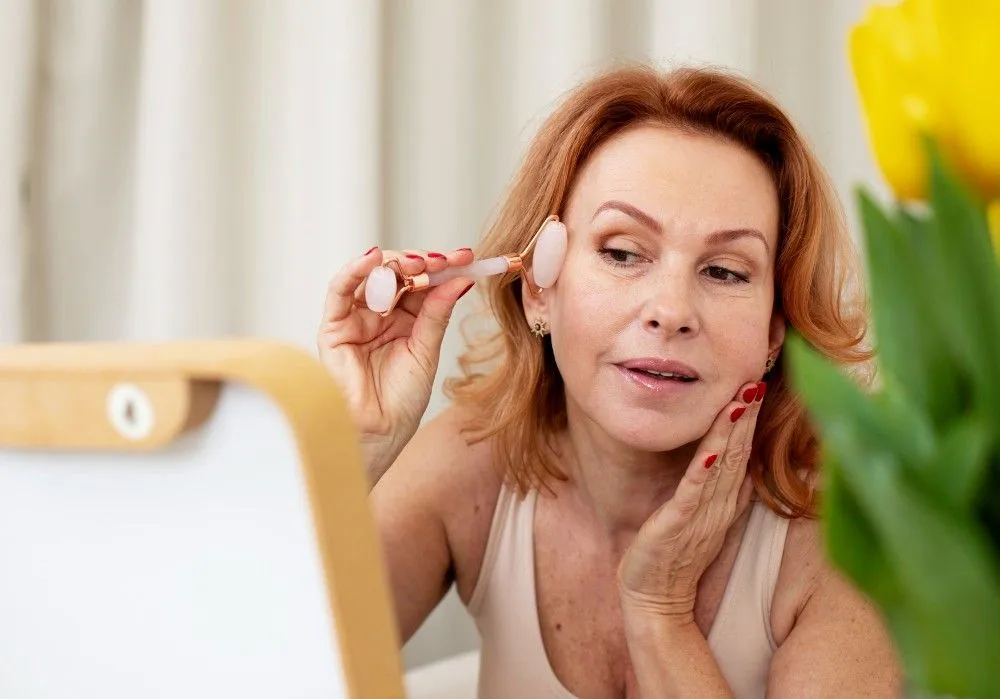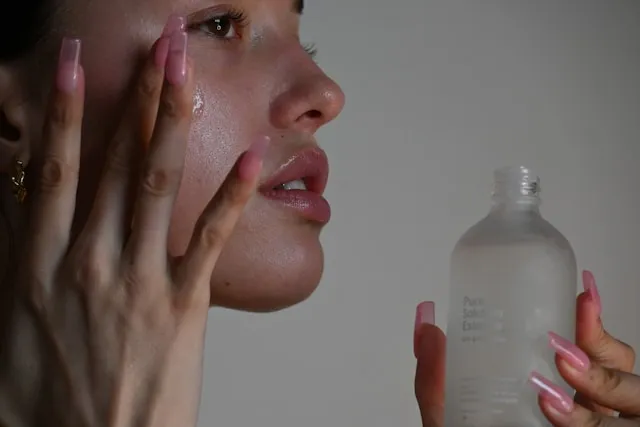Pearly penile papules (PPP) are harmless skin-colored bumps that require no treatment. However, that doesn’t stop some men from seeking to have them removed due to fear of their papules or bumps being mistaken for a sexually transmitted infection (STI). They won’t hesitate to pay top dollar for advanced treatments, even if for cosmetic reasons.
That said, medical intervention comes with its fair share of complications, PPP treatments being no different. Nothing says a wasted investment more than a treatment that not only fails to address PPP but also induces an unwanted side effect. Fortunately, low-cost and low-risk PPP removal is possible with the following steps:
Start With At-Home Remedies
Medical experts agree that PPP treatment isn’t considered a medical necessity, meaning that typical health insurance won’t cover it. This is a disadvantage, given that clinical PPP treatments like electrodessication and curettage (ED&C) carry hefty price tags.
While studies have attested to their effectiveness, clinical treatment options are ideal as a last resort. Even with a low risk of post-op complications, the fact that complications exist stands. If not managed properly, they can risk leaving lasting damage to the penis.
|
Complications of PPP Treatments |
|||
|
Laser Therapy |
Cryotherapy |
ED&C |
Excisional Surgery |
|
|
|
|
Before considering undergoing any of the procedures above, it's a great idea to try non-invasive treatments for PPP first. At just a fraction of the cost of clinical methods, PPP removal kits deliver treatment much faster while keeping the risk of side effects to a minimum. The kits include numbing cream and a portable version of the hyfrecator used in ED&C.
Keep in mind that at-home treatments aren’t the same as natural PPP treatments, namely PPP creams, sold online. As the papules are rooted deep into the penile skin, these topical creams only reach up to the surface. The organic ingredients they supposedly contain (e.g., tea tree oil, calamine) haven’t been medically proven and might cause skin irritation.
Consult a Specialist
Another step before considering clinical PPP treatment is to visit a specialist for expert insights. While a primary care or family physician can examine PPP, a specialist in urology or cosmetic dermatology can give a more specialized diagnosis.
Consulting a doctor or specialist is vital for several reasons. For starters, there’s a good chance that the papules may actually be genital warts, not PPP.
Despite appearing somewhat similar to PPP, genital warts are a form of STI caused by a type of human papillomavirus (HPV). They’re more irregular in shape than papules and aren’t limited to the penile head. More importantly, as an STI, genital warts can spread from person to person through physical or sexual contact.
Unlike PPP, genital warts can be treated using topical agents like podophyllotoxin and isotretinoin. However, they share the same clinical treatments as PPP, like cryosurgery ablation, laser vaporization, and electrocauterization. That said, these treatments shouldn't be mistaken for cures for HPV infection.
If the papules turn out to be actually warts, the doctor may prescribe topical medication first. Experts swear by its effectiveness, only hindered by the fact that many patients are less diligent in applying it. Because of this lapse, new warts often emerge.
PPP Removal Procedures
If the doctor gives you the all-clear to undergo a PPP removal procedure, you have at least three options to choose from. Here’s a quick rundown.
-
Laser surgery: Using a carbon dioxide or pulsed-dye laser, this procedure targets the papules with enough heat to eradicate them. Pinpoint precision ensures that the laser treatment doesn’t affect other parts of the penis.
-
Cryotherapy: Using liquid nitrogen, this procedure exposes the papules to extreme cold to force them to detach from the penis. One study logged an effectiveness rate of 85% within a month of cryotherapy.
-
Electrodesiccation and curettage (ED&C): The procedure involves singeing the papules with a low-powered device called a hyfrecator. After this step, the doctor uses a curette to scrape off the papules’ remains.
Note: Excisional surgery, which involves surgically removing every papule, isn’t widely used due to the high risk of bleeding and infection. It’s also time-consuming, increasing the odds of complications occurring.
As mentioned earlier, these procedures have been proven to remove PPP. However, cost is another matter, considering the price of necessary instruments. ED&C has an advantage in the low cost of PPP removal, between USD$600 and USD$1,000.
To put that into perspective, fractional laser devices can cost up to USD$10,000 due to their size and complexity. Meanwhile, cryotherapy employs a cryosurgical unit to deliver a controlled dose of liquid nitrogen, which can also cost up to USD$10,000. In addition, the liquid nitrogen itself costs tens of dollars per session.
Resist the Urge To Pop Papules
If you decide to seek cryotherapy or laser treatment for PPP removal despite the high cost, the best you can do is to let the treatment run its course. Spreading the treatment over several sessions is necessary to mitigate the risk of side effects. The required number of sessions depends on how many papules need to be removed.
On a related note, avoid touching the papules being treated, let alone popping them like a zit. They're skin lesions, solid masses of skin less than 10 mm in diameter. Forcing a papule out is a great way to risk bleeding and infection, disrupting the healing process, and requiring additional treatment.
It’s important to follow your doctor’s instructions, especially between sessions. Avoid so-called “natural” PPP treatments and other unproven methods, such as brushing PPP with toothpaste. Ensure you complete every session for the best effect.
Conclusion
It’s understandable if the sight of benign PPP can wreck one’s self-confidence. But to save on treatment while keeping the risk of complications to a minimum, it’s important to start with one that poses the least risk. If that doesn’t deliver the results you want, then carefully work your way up.
Reviewed by







